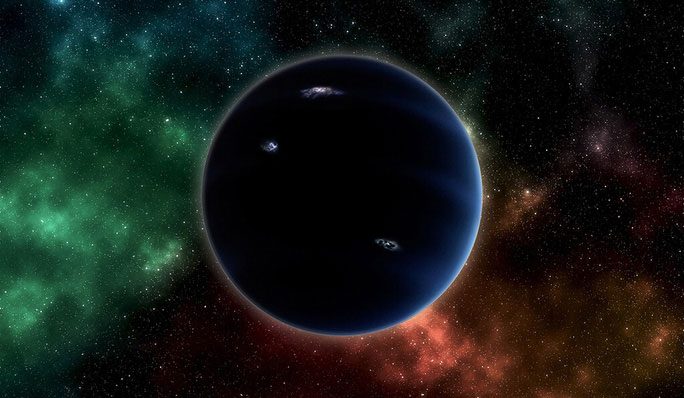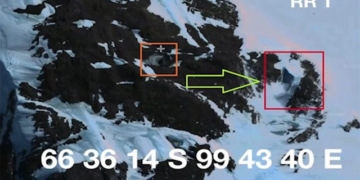A new study proves that a candidate for the position of the ninth planet in the Solar System is not actually a planet, but it has identified up to 10 new candidates.
The project, led by astronomer Sigurd Naess from the Computational Astrophysics Center at the Flatiron Institute (USA), utilized the 6-meter Atacama Space Telescope located in Chile to survey the remote regions of the Solar System.

Ninth Planet – (Graphic image from NASA)
This telescope is designed to detect the faintest signals remaining from the Big Bang, but it is also sensitive enough to detect objects in the far reaches of the Solar System.
From 2013 to 2019, the telescope scanned about 87% of the southern sky at distances ranging from 300 to 2,000 astronomical units.
According to Science Alert, the search yielded up to 3,500 potential candidates. They then filtered down to 10 of the most promising candidates for the title of the ninth planet, which will be the focus of more detailed studies in the future.
However, the survey also ruled out a previously predicted strong candidate that was considered a potential ninth planet.
As of now, no ninth planet has been confirmed, but the searches have provided astronomers with many intriguing objects in the distant reaches of the Solar System, such as ancient asteroids that carry primordial materials from when planets like Earth were still forming.
Although it has not yet been revealed, scientists have frequently found signs indicating that distant space rocks are influenced by something—possibly a small black hole or a massive planet.
If it exists, the ninth planet would have to be 5 to 10 times larger than Earth and would take between 10,000 to 20,000 years to complete one orbit around the Sun.
The study was recently published in The Astrophysical Journal.





















































